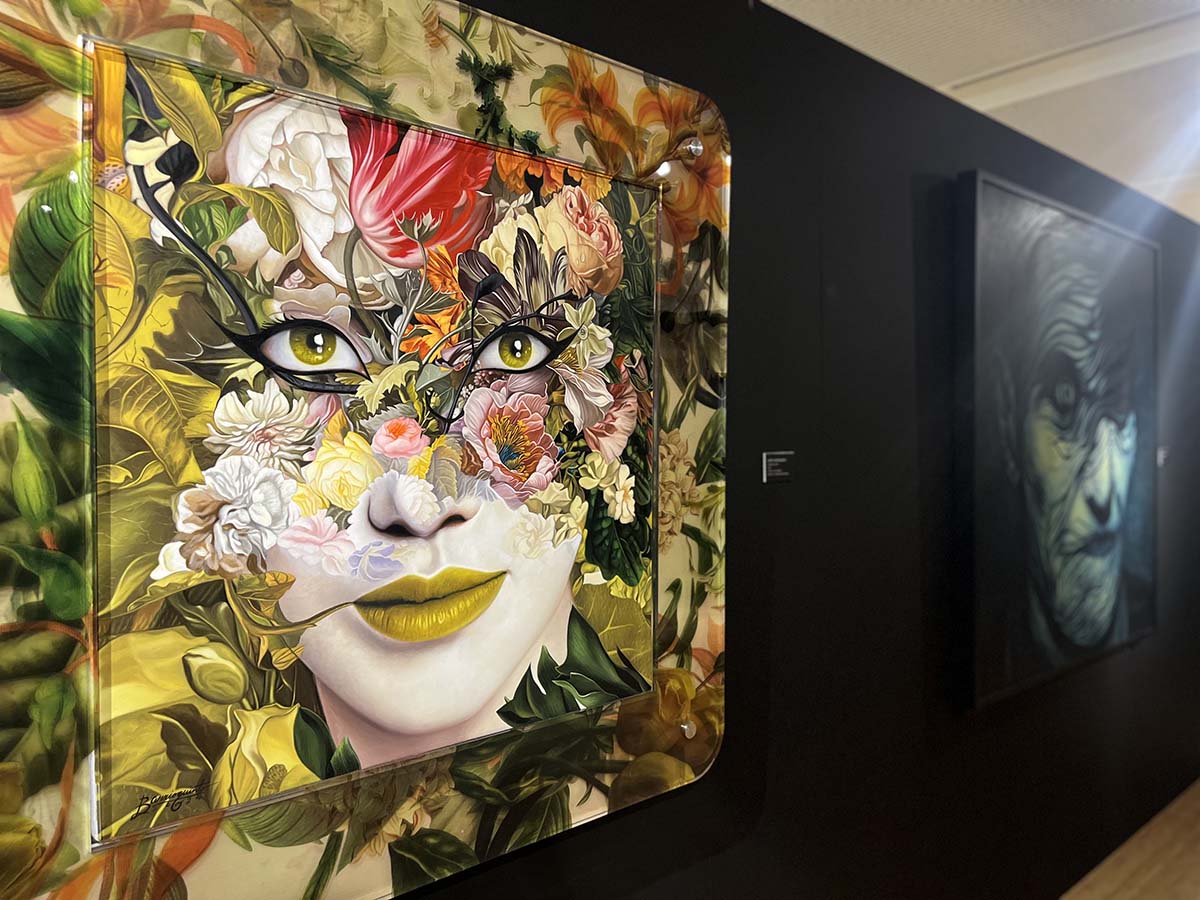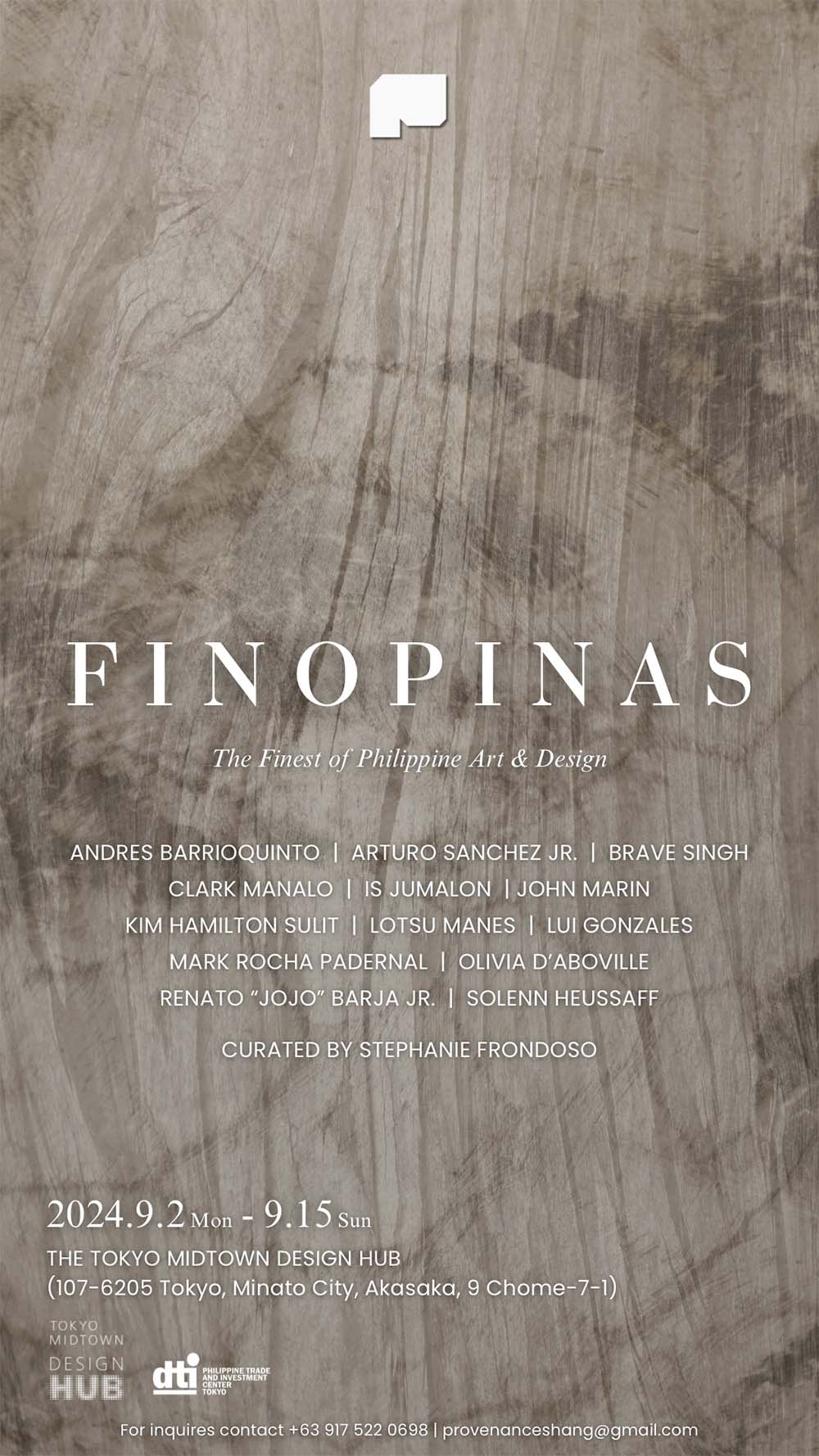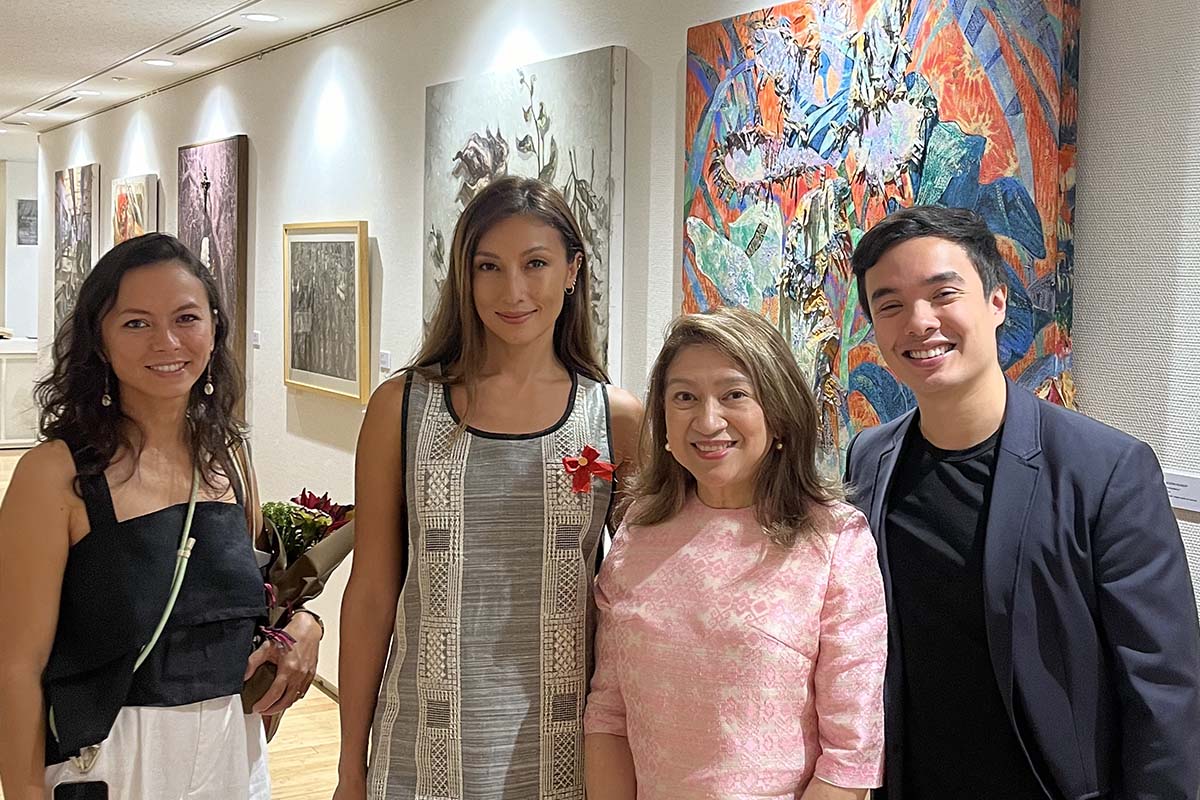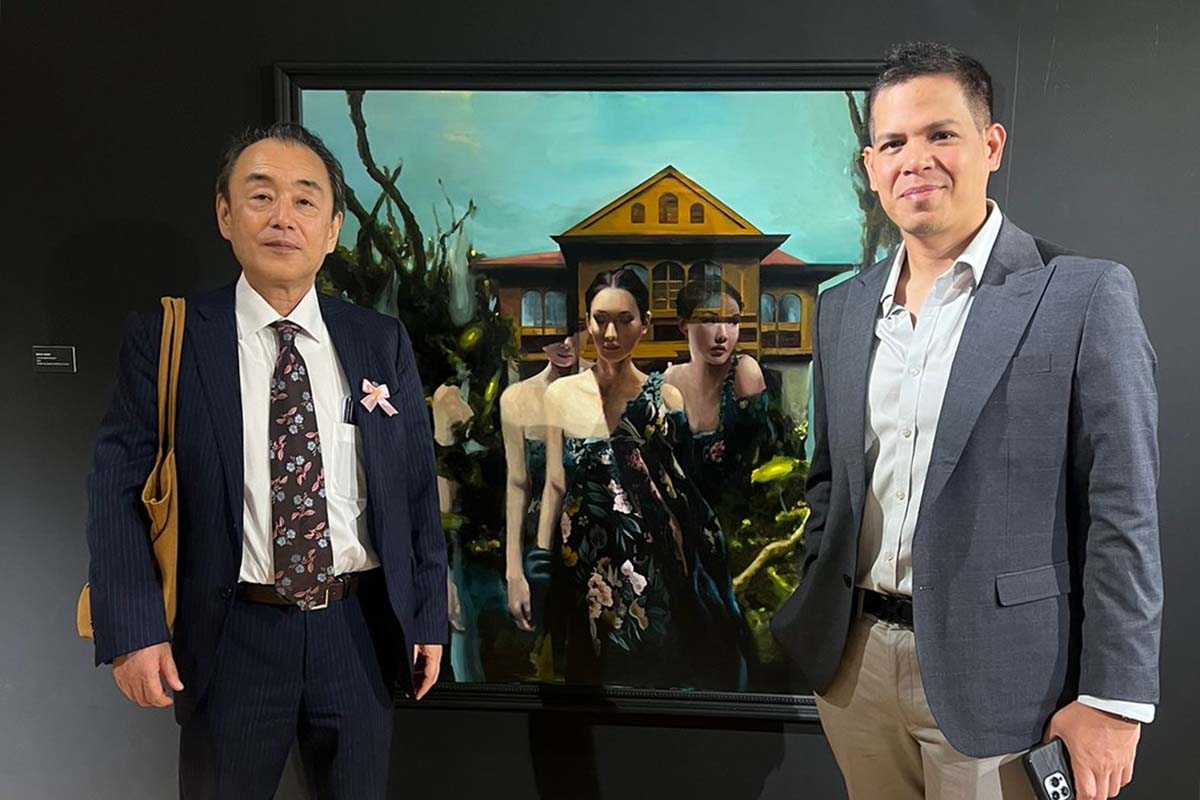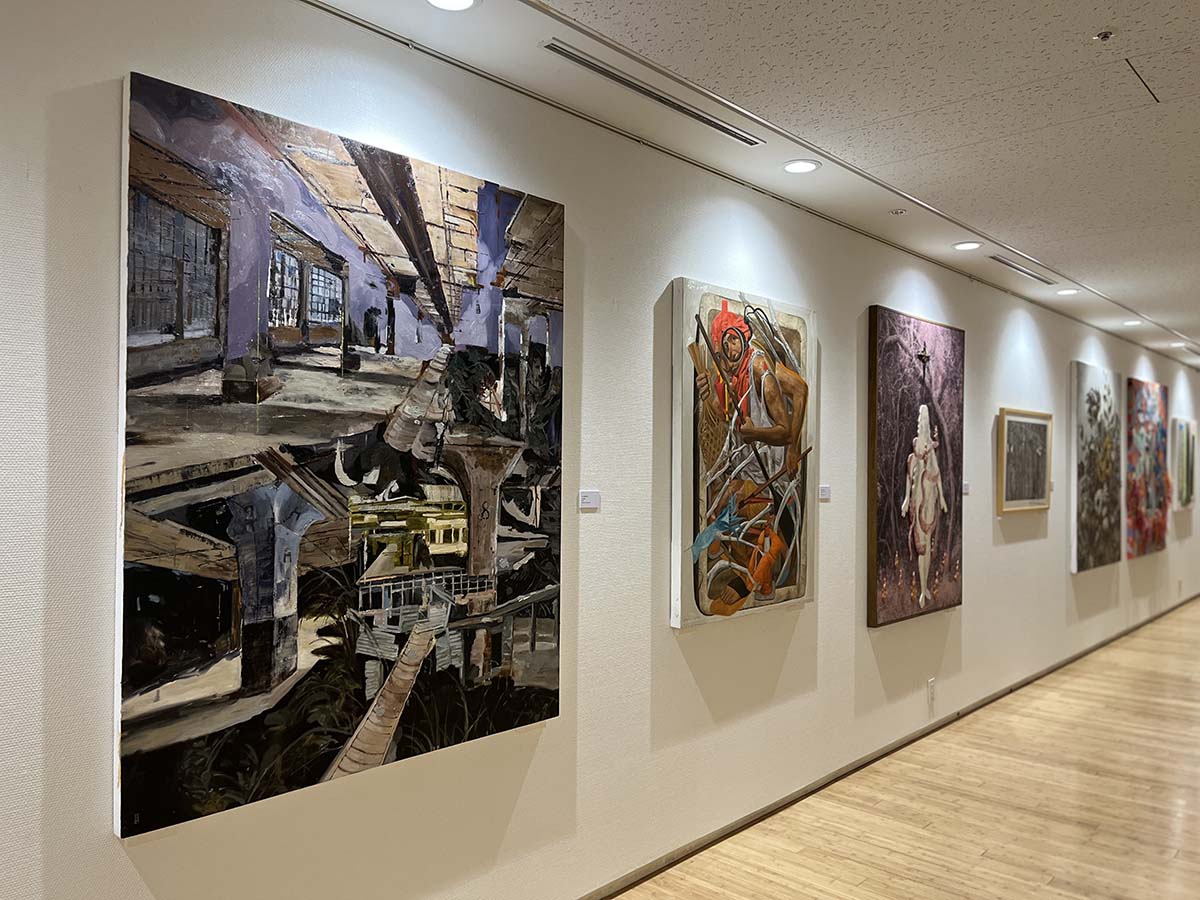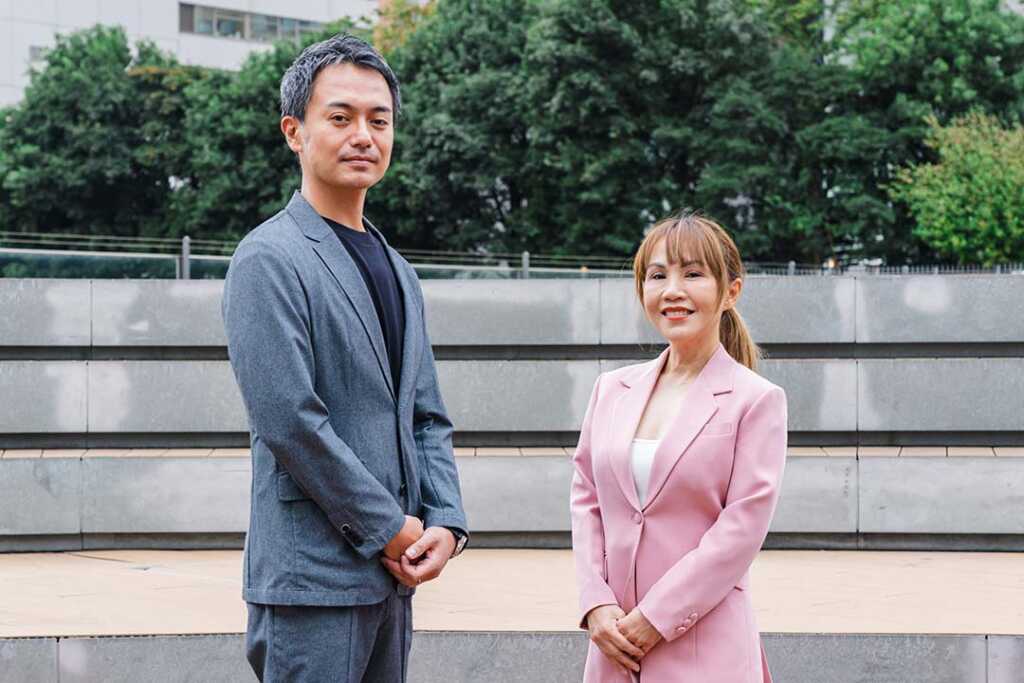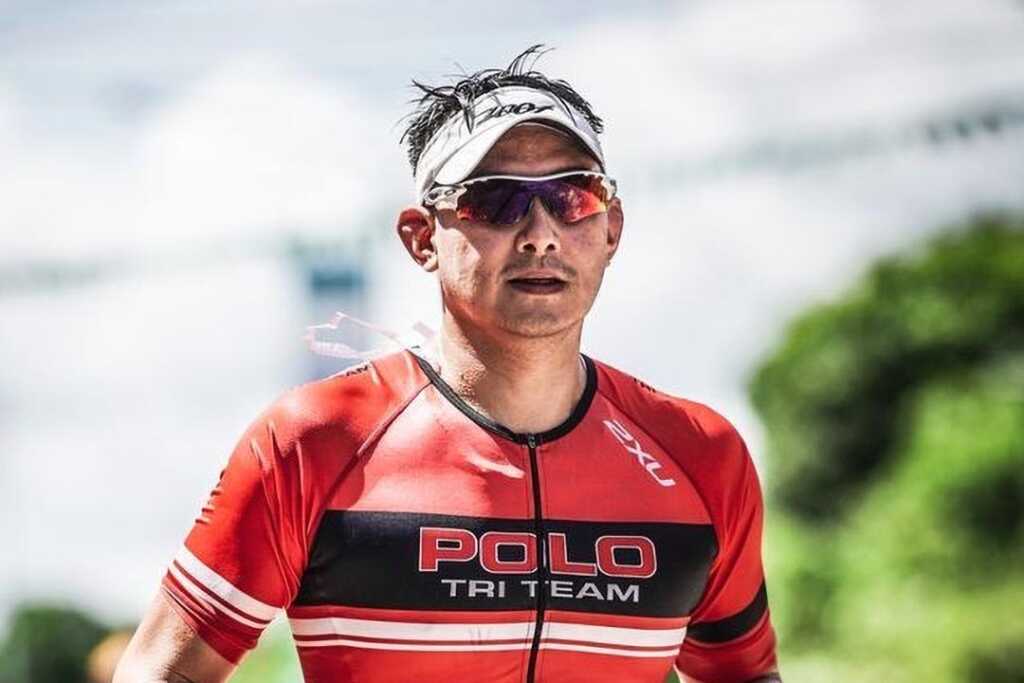If you’ve ever wondered how art can transcend borders and bring two distinct cultures together, look no further than Provenance Art Gallery in the Philippines. In a recent groundbreaking exhibition in Tokyo, Japan, Provenance has demonstrated how Filipino artistry is gaining global recognition. The gallery’s participation in the Finopinas: The Finest of Philippine Art and Design exhibition at the Tokyo Midtown Design Hub is a testament to the power of cross-cultural exchange, supported by the Philippine Embassy in Japan and a host of other partners.
A gallery with a vision
Founded by Raul Francisco and Joanna Preysler-Francisco, Provenance Art Gallery has long been a champion of Filipino contemporary art. The gallery opened its doors with a mission: to showcase the depth and diversity of Philippine art while providing Filipino artists with a global stage, thereby fostering cultural exchange between the Philippines and the world. Over the years, the gallery has evolved, adapting to the changing art scene, while staying true to its core belief in promoting Filipino artists who are making waves both locally and internationally.
Joanna Preysler-Francisco shares, “Our goal has always been to push the boundaries of what is considered traditional Filipino art, and to create an environment where contemporary Filipino artists are given a platform to shine.” Provenance has hosted numerous successful exhibitions and collaborated with artists who embody the essence of Filipino identity in their work, from painting and sculpture to design and installation art.
The cultural push
One of the gallery’s most notable initiatives in recent years has been its involvement in Finopinas: The Finest of Philippine Art and Design—a significant exhibition held in Tokyo. The event, which took place from September 2-15, 2024, at the Tokyo Midtown Design Hub, aimed to bring Filipino design and artistic innovation to a wider Japanese audience. The exhibition featured a carefully curated selection of Filipino works spanning visual arts, fashion, home decor, and furniture.
The exhibition, jointly organized with the Philippine Embassy in Japan, the Department of Trade and Industry (DTI), and other esteemed partners, was not just about showcasing art—it was about building relationships. The Finopinas event celebrated both the artistic depth of the Philippines and the values of collaboration and sustainability, all while highlighting the cultural ties between the two nations.
Raul Francisco notes, “We wanted to show the Japanese audience not just the beauty of Filipino art, but the story and soul behind it. Through this exhibition, we hope to establish a stronger cultural dialogue between the Philippines and Japan, grounded in shared values and mutual respect.”
We wanted to show the Japanese audience not just the beauty of Filipino art, but the story and soul behind it. Through this exhibition, we hope to establish a stronger cultural dialogue between the Philippines and Japan, grounded in shared values and mutual respect.
Raul Francisco, Co-Founder of Provenance Art Gallery
Promoting Filipino art in Japan
The choice to showcase Filipino art in Japan isn’t just a business decision—it’s part of a broader cultural strategy. Both countries have rich artistic traditions, yet the Philippine contemporary art scene remains relatively underrepresented in Japan. Provenance Art Gallery’s participation in Finopinas aligns with the Philippine Embassy’s broader goals of promoting Filipino culture abroad and increasing global awareness of Filipino artists.
As Philippine Ambassador to Japan Mylene Garcia-Albano shared on the website of the Philippine Embassy in Tokyo, “At the heart of this exhibit is the celebration of the convergence of design, innovation, and sustainability, as we underscore the rich cultural heritage of the Philippines and address the challenges faced by today’s society through the power of artistic expression. We believe that this event will not only inspire creativity but also further strengthen the cultural and economic ties between the Philippines and Japan.”
Through these cross-cultural initiatives, Provenance and its partners aim to challenge the perception of Filipino art in international markets. The Tokyo exhibit, in particular, highlights Filipino artists’ unique fusion of mysticism, colonial influences, and contemporary themes. This ‘tropical gothic’ style, coined by Filipino author Nick Joaquin, is an intrinsic part of the Filipino aesthetic and makes the country’s art stand out in a global context.
Filipino art meets Japanese audiences
The reception of Filipino art in Tokyo has been overwhelmingly positive, with the Japanese audience expressing both curiosity and admiration for the works on display. Art enthusiasts in Japan have shown a genuine interest in the themes explored in Filipino art, particularly the narrative-driven pieces that delve into identity, history, and societal issues. The exhibition has provided a meaningful opportunity for cultural exchange, creating deeper understanding between the two nations.
“The audience was deeply engaged, and the positive response to the works of our artists affirmed that there’s a real demand for cross-cultural collaboration,” shares Preysler-Francisco. “It’s exciting to see how Filipino art resonates with an international crowd, especially when it’s presented alongside the works of Japanese artists and designers.”
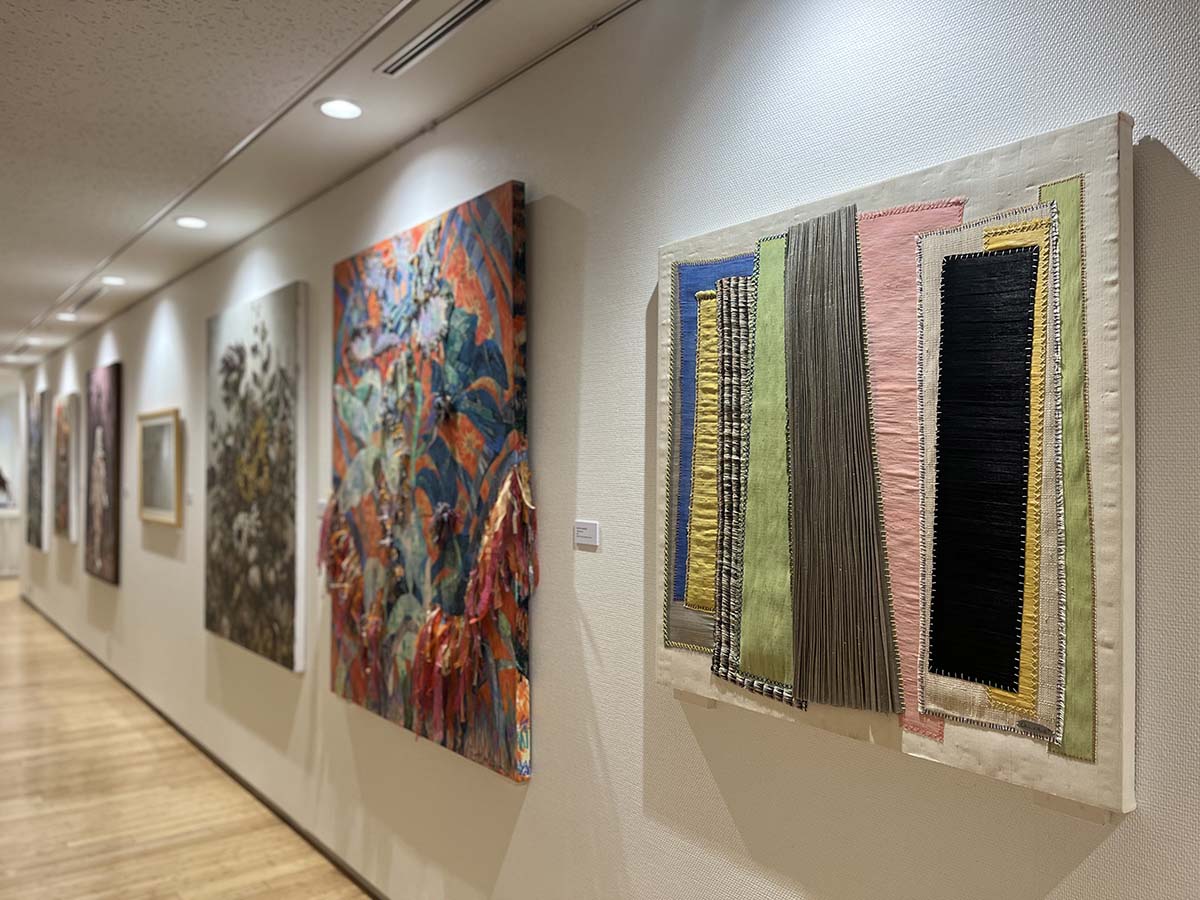
The success of this event is a testament to the growing cross-cultural confluence between the Philippines and Japan, where shared values and artistic traditions intertwine to create something uniquely powerful. In this context, ASEAN-Japan Centre Secretary General Kunihiko Hirayabashi underscored the profound connection between the two cultures. He said, “The spirit of ‘bayanihan’ – the Filipino concept of communal unity – finds a kindred soul in the Japanese principle of ‘wa,’ which embodies harmony and the collectivity of strength. These values are more than words; they are the very fabric of our societies, woven through generations.”
This sentiment was echoed by the palpable connection that the Filipino art showcased in Tokyo seemed to generate, not only between the artists and their Japanese counterparts, but also among the audiences themselves. Through their shared appreciation of each other’s cultural expression, both Filipinos and Japanese found common ground in the universal language of art.
Continuing the exchange
Looking ahead, Provenance is excited to expand the reach of Filipino art beyond the shores of the Philippines. As the gallery continues its partnership with the Philippine Embassy, the focus will be on not only exhibiting Filipino art in Japan but also creating venues for Filipino artists to collaborate with Japanese counterparts.
The goal is to continue pushing the boundaries of cultural exchange, nurturing a collaborative spirit that goes beyond the art itself to include fashion, design, and sustainability. In addition to showcasing art in international venues, Provenance is also focused on creating lasting relationships that will allow Filipino artists to thrive in global markets.
Raul Francisco concludes, “Art has the power to create lasting connections between people. By showing Filipino artists in Tokyo, we are not just presenting their works—we are showing the world the profound cultural tapestry that makes up the Philippines. This is just the beginning of what we hope will be a long-term cultural exchange that benefits both nations.” In a world that is more connected than ever, Provenance Art Gallery is at the forefront of pushing Filipino art into the global spotlight. Through exhibitions like Finopinas, the gallery continues to play an integral role in strengthening cultural ties between the Philippines and Japan, helping to build a deeper appreciation of Filipino artistry abroad.

